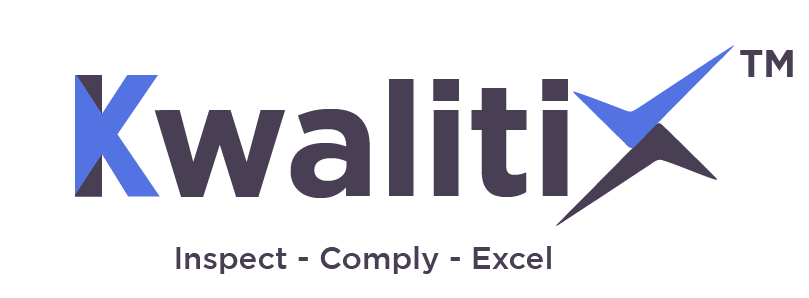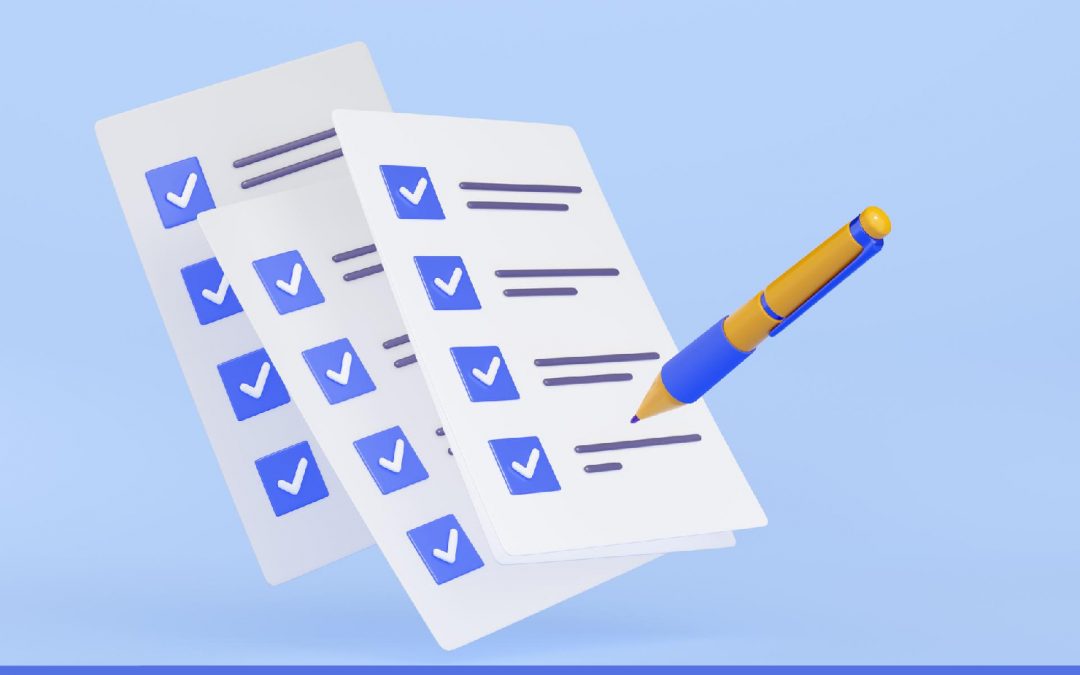As a business owner, maintaining the highest standards of quality for your goods or services is crucial. One way to achieve this is by implementing a comprehensive inspection checklist. In this article, we will explore the advantages of using such a checklist and how it can enhance the overall quality of your offerings. Facility
managers face a perplexing situation when it comes to ensuring the performance and safety of their structures. With so many different components, structures, and places to oversee, it can be challenging to keep up with everything. However, implementing a thorough inspection checklist can help ensure that every aspect of
your facility is functioning optimally. This article discusses the benefits of implementing an inspection checklist and offers advice on creating a checklist that is tailored to your specific business.
What is a comprehensive Inspection Checklist?
An inspection checklist is a tool used by facility managers to ensure that all areas of their facilities are regularly inspected and maintained. It provides a standardized process for evaluating the condition of different systems, components, and areas, which helps to identify potential issues before they become major problems. By
using an inspection checklist, facility managers can prioritize maintenance tasks, allocate resources more effectively, and ensure that their facilities are performing optimally.
Why Use a Comprehensive Inspection Checklist?
Enhanced Safety: A comprehensive inspection checklist includes items related to safety, such as fire suppression systems, emergency exits, and personal protective equipment. By regularly inspecting these items, facility managers can ensure that they are in good working condition and reduce the risk of accidents or injuries.
1. Improved Quality Control
Implementing a comprehensive inspection checklist is an effective way to improve the quality control process in your business. The checklist should include all the necessary steps and procedures for checking the quality of your products or services. By following the checklist, you can ensure that every product or service meets the required standards before it is released to the market.
2. Increased Efficiency
Having a well-organized inspection checklist can also increase the efficiency of your business. With a comprehensive checklist, your team can easily identify any potential issues and address them promptly. This reduces the need for reworking or redoing tasks, which can be time-consuming and costly.
3. Cost Savings
Implementing a comprehensive inspection checklist can also lead to cost savings. By catching and correcting any potential issues early on, you can avoid the cost of having to fix or replace defective products later on. This can also help to reduce waste and lower production costs, ultimately improving your bottom line.
4. Compliance with Industry Regulations
Many industries have strict regulations that require businesses to meet certain standards of quality. By implementing a comprehensive inspection checklist, you can ensure that your products or services comply with these regulations. This can help you avoid fines, penalties, or legal action, which can be detrimental to your business’s reputation and financial stability.
5. Improved Customer Satisfaction
Implementing a comprehensive inspection checklist can also improve customer satisfaction. When your products or services meet or exceed the expectations of your customers, they are more likely to return and recommend your business to others. This can help to improve your brand reputation and increase customer loyalty.
6. Competitive Advantage
In today’s competitive market, it’s essential to have a competitive advantage. Implementing a comprehensive inspection checklist can give your business an edge over your competitors by ensuring that your products or services are of the highest quality. This can help to differentiate your business from others and attract more customers.
7. Better Communication
When everyone in your team follows the same inspection checklist, it promotes better communication and collaboration. Each team member knows what is expected of them, and they can identify and report any issues to the appropriate person promptly.
8. Continuous Improvement
Implementing an inspection checklist also allows for continuous improvement. By tracking and analyzing the results of your inspections, you can identify areas for improvement and make necessary changes to your processes or products. This can help you stay ahead of the competition and constantly improve your business.
9. Reduced Risk of Liability
Having a comprehensive inspection checklist can help to reduce the risk of liability for your business. By identifying and addressing potential safety or quality issues early on, you can prevent accidents, injuries, or other legal issues. This can protect your business’s reputation and financial stability.
10. Improved Training
Implementing an inspection checklist can also help to improve training for new employees. By providing a detailed checklist of procedures and standards, new employees can quickly understand what is expected of them and how to perform their job duties. This can lead to faster onboarding and better-trained employees.
Conclusion
As a business owner, ensuring that your products or services meet the highest standards of quality is crucial. One effective way to achieve this is by implementing a comprehensive inspection checklist. Overall, implementing a comprehensive inspection checklist has many benefits for your business. It can help you to stay ahead of the competition and constantly improve your business. Therefore, it is recommended that you develop a specific checklist tailored to your business to ensure that all areas of your facilities are regularly inspected and maintained and that your products or services meet the required standards of quality.

